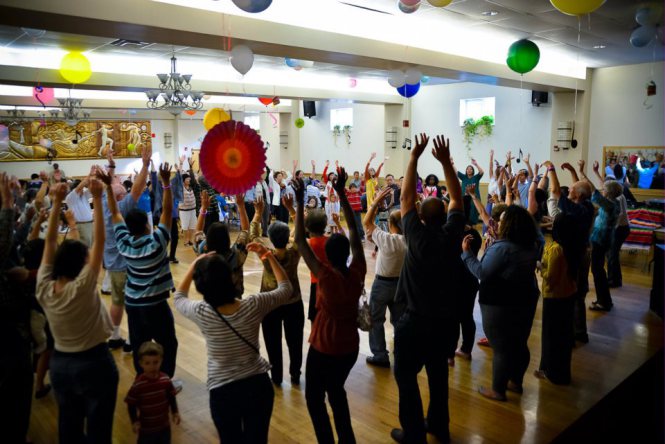 Last year, I wrote a post on the phenomenon called “Trickle-Down Community Engagement” (TDCE), which is “when we bypass the people who are most affected by issues, engage and fund larger organizations to tackle these issues, and hope that miraculously the people most affected will help out in the effort, usually for free.” This post became NWB’s most-read article, triggering discussions, workshops, debates, and at least one R-rated puppet show. Today, I want to revisit TDCE, because it is a destructive force in our sector, much like the Overhead Myth, the Sustainability Myth, and the lack of ergonomic chairs, and we must keep it at the front of our minds. (Warning: Seahawks lost to the Panthers, so this post may be a little grumpier than most)
Last year, I wrote a post on the phenomenon called “Trickle-Down Community Engagement” (TDCE), which is “when we bypass the people who are most affected by issues, engage and fund larger organizations to tackle these issues, and hope that miraculously the people most affected will help out in the effort, usually for free.” This post became NWB’s most-read article, triggering discussions, workshops, debates, and at least one R-rated puppet show. Today, I want to revisit TDCE, because it is a destructive force in our sector, much like the Overhead Myth, the Sustainability Myth, and the lack of ergonomic chairs, and we must keep it at the front of our minds. (Warning: Seahawks lost to the Panthers, so this post may be a little grumpier than most)
Taking a lantern to go find the light
Every Lunar New Year (which this year is on February 8th), my wife and I go to the local Buddhist temple at midnight to get our fortunes for the year by shaking a container of 80-or-so wooden sticks until one falls out. Each stick has a number corresponding with a particular fortune, one that is supposed to guide your entire year. One time, I got the worst fortune ever, something like “This stick represents a bird in the storm. Danger unfolds from four directions. All your endeavors will lead to failure. For every path you take, there is only pain and despair, and your hopes will be dashed upon the rocky shoals of futility.”
That’s terrifying, so I did what you are supposed to do when you receive a bad fortune for the New Year. It is a secret technique I learned from my father, and he learned from his father, and something I will pass down to my sons: When you get a bad fortune, put the stick back in the container and keep shaking until you find a fortune that you like.Continue reading →





